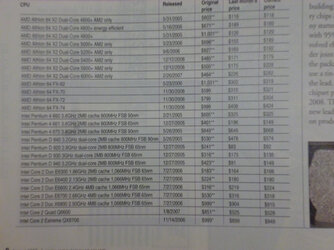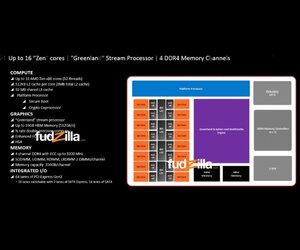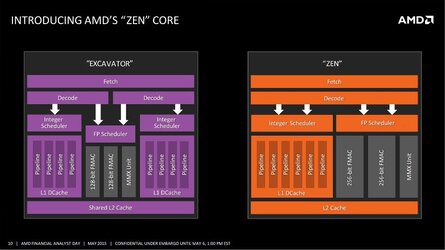Never gonna happen.
Intel has 100 times the R&D money that AMD does.
It will never get any better, because you can't divert income that you're not getting back into R&D. Unless AMD gets some backing cash from another party, they'll stay in a slow death spiral.
Intel has 100 times the R&D money that AMD does.
It will never get any better, because you can't divert income that you're not getting back into R&D. Unless AMD gets some backing cash from another party, they'll stay in a slow death spiral.



